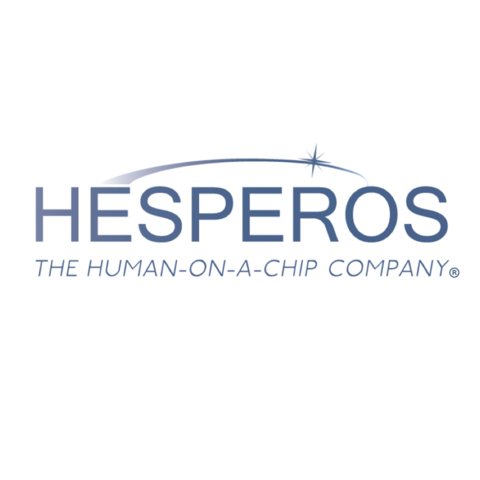Hesperos Demonstrates First Digital Twin of Human Disease Using Organ-on-a-Chip Platform
Hesperos Demonstrates First Digital Twin of Human Disease Using Organ-on-a-Chip Platform
A landmark study in Advanced Science details what is believed to be the first digital twin derived from an organ-on-a-chip, combining multi-organ biology with PK/PD modeling to predict human drug responses, setting a benchmark for New Approach Methodologies (NAMs).
ORLANDO, Fla.--(BUSINESS WIRE)--Hesperos, Inc., a leader in recapitulating human physiology and diseases for drug development using its Human-on-a-Chip® single- and multi-organ systems, today announced the publication of a groundbreaking study in Advanced Science. The study introduces the first true digital twin capability using an organ-on-a-chip platform, also known as a microphysiological system (MPS). This marks a significant leap forward in the development of human-relevant, non-animal testing systems for disease modeling, drug screening, and regulatory decision-making.
The peer-reviewed article, Translation of a Human-Based Malaria-on-a-Chip Phenotypic Disease Model for In Vivo Applications, details how a multi-organ system with human liver, spleen, endothelial tissues, and blood, was used to reproduce the full lifecycle of P. falciparum ─ the deadliest malaria parasite responsible for over 600,000 deaths annually. Using advanced pharmacokinetic/pharmacodynamic (PK/PD) modeling, the platform predicted clinical in vivo outcomes for antimalarial drugs, including strain-specific efficacy, off-target toxicity, and immune responses. The integration of biological and digital data lays the groundwork for patient-specific Digital Medical Twins, a long-sought goal in personalized medicine and model-informed drug development.
“This is the first time that a microphysiological system has been used to generate a digital twin capable of predicting human outcomes for both efficacy and toxicity,” said Dr. James J. Hickman, Chief Scientist and Co-founder of Hesperos. “Supported by funding from the Gates Foundation, we were able to show how our Human-on-a-Chip platform goes beyond disease modeling to enable translational insights that can inform and accelerate therapeutic development.”
In this study, the Hesperos system was challenged with both drug-sensitive and drug-resistant strains of P. falciparum, and treated with clinically approved antimalarials: chloroquine, lumefantrine, and artesunate. By combining experimental results with population-based PK/PD modeling and in vitro to in vivo extrapolation (IVIVE), researchers generated digital simulations that mirrored human therapeutic responses, including differential immune signaling, organ-specific toxicity, and parasite clearance kinetics. This was used to predict maximum tolerated dose (MTD), no observable adverse effect levels (NOAEL) and EC50 for each drug, closely aligning with clinical data for non-complicated malaria patients.
“Digital twins have been a buzzword in healthcare for years, but few technologies have demonstrated real-world potential in human drug response prediction,” continued Dr. Hickman. “This study is a proof-of-concept that we can now generate and validate digital twins using entirely human-based, non-animal platforms ─ something regulatory agencies and drug developers have long envisioned.”
This achievement builds on Hesperos’ extensive portfolio of Human-on-a-Chip disease models, a leading example of New Approach Methodologies (NAMs). These human-relevant methods align with growing regulatory momentum away from animal testing, with the FDA, NIH, and EMA all publicly encouraging the use of such technologies to advance drug development and improve clinical translation.
The study was conducted in collaboration with Medicines for Malaria Venture (MMV) and the University of Florida’s Center for Pharmacometrics and Systems Pharmacology.
doi.org/10.1002/advs.202505206
About Hesperos, Inc.
Hesperos is a global contract research organization (CRO) specializing in preclinical drug development services utilizing its Human-on-a-Chip® platform. By replicating key aspects of human biology (and thus avoiding expensive, time-consuming, and often less informative animal testing), Human-on-a-Chip® organ-system models provide product development teams with more meaningful insights that can accurately predict a compound’s therapeutic profile while lowering costs and accelerating development timelines. For more information, visit www.hesperosinc.com.
Contacts
Nathan Post
NPost@hesperosinc.com
